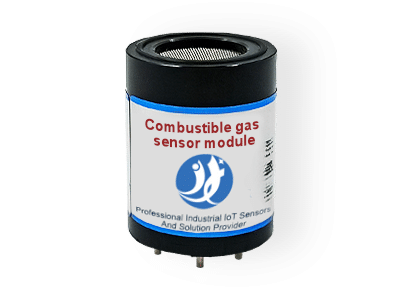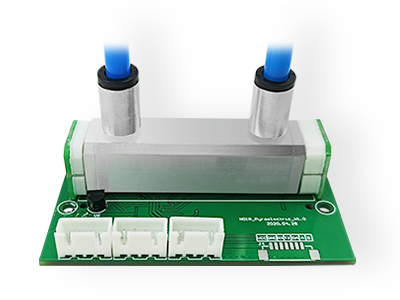Summary:
Methane gas sensor, as the name implies, is a gas sensor that can detect methane or gas concentration. JXCT understands that it can be divided into many types according to its principle:
1. Infrared methane sensor (infrared principle);
2. Laser methane sensor (diode laser principle);
3. Optical interference methane sensor (optical principle);
4. Catalytic combustion methane sensor (chemical principle);
5. Electrocatalytic methane sensor (chemical principle);
JXCT lists common methane sensors:
Methane gas sensor module, strong anti-interference ability, high sensitivity, high resolution, small size, easy to install, no secondary calibration, support secondary development.

The infrared methane gas sensor is developed on the principle of non-dispersive infrared detection, and can accurately detect methane, carbon dioxide, hydrocarbons and so on.

The Fixed methane gas sensor adopts industrial-grade high-definition interface, and the shell adopts die-casting aluminum technology. It has the advantages of waterproof, dustproof, explosion-proof and anti-condensation. 15 seconds quick response, more accurate detection, guaranteed life.

Generally speaking, in order to ensure the safety of coal mines, methane sensors need to be calibrated before use. So how should the specific adjustment?
Steps for adjusting methane gas sensor before use:
1. Check that the appearance of the methane sensor is complete and clean the surface and air chamber dust.
2. Connect the methane sensor to the stabilized power supply, frequency meter (or substation), and preheat for 10 minutes.
3. Adjust the zero point of the instrument in fresh air, and the zero value range is controlled in 0.00-0.03%CH4.
4. According to the gas flow rate required in the user manual, calibrate the gas that enters the gas chamber and flows into 2.0% CH4, adjust the accuracy of the methane sensor to make the display value consistent with the calibration gas concentration value, and then repeat the adjustment until it is accurate. Do not adjust again during the basic error measurement.
5. Basic error measurement. According to the flow rate during calibration, calibrate the gas into the gas chamber for 0.5, 1.0, 3.0% CH4 for about 90 seconds. Calibrate each gas into the chamber three times, calculate the average value, and the basic error is calculated from the average value and standard value for each point.
6. At the same time, observe and measure whether the situation of alarm, power outage point, light alarm is normal.
7. Sound and light alarm test. When the alarm occurs, the warning light should flash, and ensure that the sound level meter is one meter away from the buzzer, measure the sound source and measure the sound level.
8. Measure response time. Measure the calibration gas through 3.0% CH4 with a stopwatch to show the start and end time of the value rising from zero to 90% of the large display value.
In addition, in the daily use of methane sensors, we may encounter some minor faults, such as the following problems, JXCT summarizes some common faults of methane sensors to deal with.
Troubleshooting method of methane gas sensor:
1, the air leakage
A leak occurs when the hose needs to be checked for damage. A loose connection or pressure regulator leak can result in a serious air leak. Simply replace the damaged hose or reconnect or repair the pressure regulator.
2. The monitor does not display or the buttons and data are incorrectly displayed.
Most of them are caused by a fault in the circuit, and when the fault is found, the methane analyzer is repaired in time.
3. The switch is powered off
When the main power switch is powered off, check whether the power socket is damaged or the fuse is burned out and repair it.
 : +86 155 8830 2704
: +86 155 8830 2704 : jxdziot@gmail.com
: jxdziot@gmail.com
